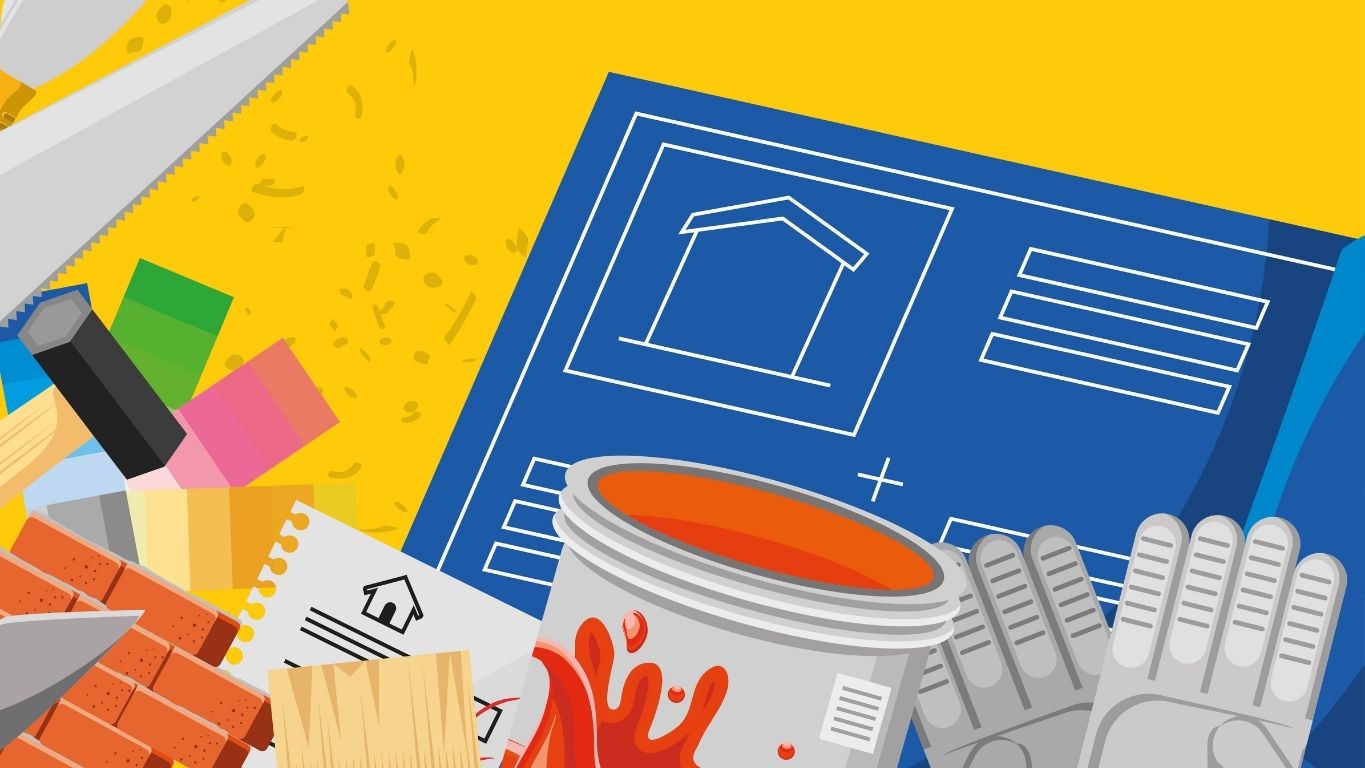The process of moving is ranked as one of the most stressful events in a person’s life, despite the fact that on average Americans move 11 times in their lifetime. Between finding a home, negotiating with potential buyers, packing up an entire life of belongings and more it’s enough to make anyone a little tense. The move is also one of the most prime marketing opportunities for many industries- as long as they time and craft their messaging correctly.
Amidst the chaos of making a move there are 3 windows of opportunity that marketers can hone in on and gain loyal customers: the moment a homeowner places their house on the market, the 1-6 week time frame before the consumer leaves their current home, and the time from the move date to about 6 months post move when new movers are still finalizing their new services. During the first two stages, the Pre-Move, consumers will make 70-90% of their purchasing decisions. It’s imperative that marketers send the right offers through the right channels, before the competition does.
Purchasing Behaviors of Pre-Movers

Stage One: The Property is Listed
Once a consumer lists their house for sale companies such as cleaning services, home improvement services and retailers, movers, painters, mortgage and financial companies, and more can all benefit from this trigger event, because they now know that the consumer is in need of their services and open to relevant offers. A mover data company can provide lists of these consumers complete with contact information and demographic details so marketers can even further segment and personalize their outreach.

Listing properties is also an indication that there was a recent life event. This is another opportunity for marketers, as these events often include a new job, beginning or end of a marriage, having children, retirement, etc. This information will help in creating relevant, targeted messaging.
Stage Two: The Crucial Time Before the Move
Depending on the housing marketing, home location, season of listing, and more, the first stage of mover marketing could last months. The second stage is much shorter and requires quick action and optimized messaging to convert prospects. In the 1-6 weeks prior to a consumer actually leaving their home (around the time a home enters a pending sale) they’ll begin making pertinent decisions on which providers to carry over or to purchase new plans with such as home insurance, cable and satellite, and utilities.

Most moving sites also suggest during this time to sell larger items of furniture to ease the hassle of moving. This means big opportunities for furniture and appliance retailers to market with relevant mover messaging. Retailers can encourage pre-movers by offering discounted deliveries and other special offers.
Stage Three: Welcome Home
From the move date to about 6 months after, consumers will make purchase decisions and become loyal to new companies. New homeowners will spend more in this period than the average consumer will spend in three years, and they’re 5 times more likely to become your loyal customer if you reach them first. They’ll look for auto repair shops, auto dealers, hair stylists, gyms, local retailers, landscaping services, home improvement, childcare, medical providers, veterinarians, local financial institutions, just to name a few, and continue to purchase goods for their new home.

Knowing exactly which stage in the moving process your prospects are and appending that information with demographic and psychographic details gives marketers a huge opportunity to find lifetime value in new customers. It’s all about sending the right message at the right time.




